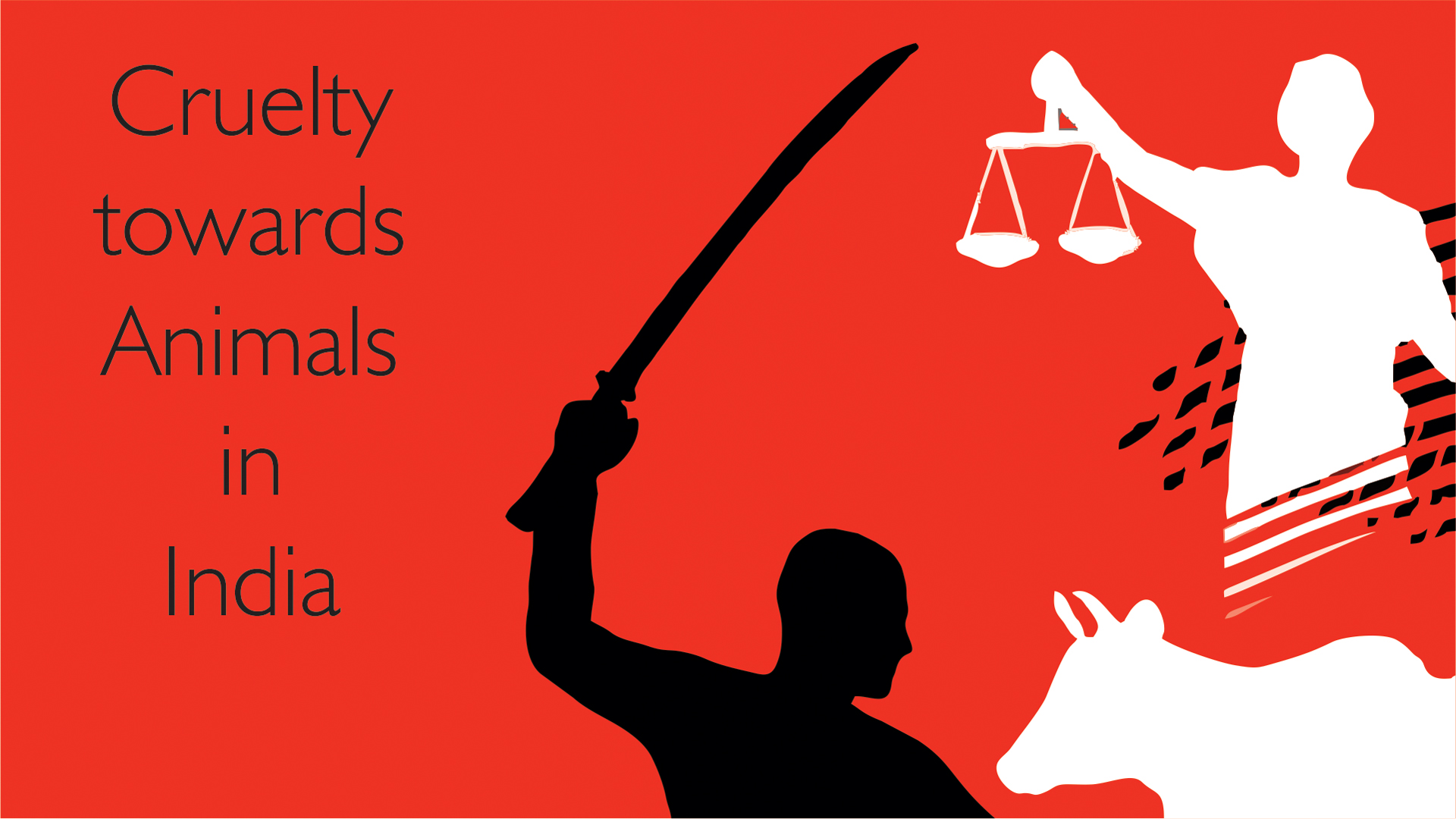As the sun rises over the sprawling subcontinent of India, the dawn illuminates not just bustling cities and quaint villages, but also the shadows in which countless animals suffer. These creatures, often voiceless in their agony, live within a society that grapples with complex attitudes towards animal welfare. In the tapestry of Indian culture, animals are revered in some contexts yet subjected to heinous acts of cruelty in others. To unravel this paradox, one must embark on an exploration of current efforts to combat animal cruelty and understand how individuals can contribute to creating a more compassionate society.
Initially, it is essential to examine the laws and organizations dedicated to protecting animal rights in India. The Prevention of Cruelty to Animals Act of 1960 sets a legal framework intended to prevent unnecessary suffering and exploitative behaviors towards animals. This legislation stands as a sentinel, advocating for the welfare of animals; however, enforcement remains sporadic, often hampered by the complexities of local governance and societal indifference. Consequently, while laws exist, the gap between legislation and practicality is akin to a chasm, wide and daunting.
The enchantment of wildlife conservation resonates throughout the nation. Initiatives led by various non-governmental organizations (NGOs) work tirelessly to foster awareness and initiate change. Organizations such as PETA India, the Animal Welfare Board of India, and others function as bastions against cruelty, orchestrating campaigns that range from educational outreach in schools to public engagements that illuminate the plight of animals. These endeavors serve as both shields and swords in the battle against cruelty.
Education is pivotal in instilling empathy and respect for all living beings. The younger generation possesses the potential to transform societal norms, making their upbringing a vital factor in reshaping attitudes toward animal welfare. Schools, as nurseries of thought, can introduce curricula designed to imbue children with values of kindness and responsibility towards animals. By harnessing storytelling, art, and interactive experiences, it becomes conceivable to nurture a generation that bridges the chasm between reverence and empathy, fostering harmony between humans and animals.
Moreover, the tale of animal welfare is not confined to the corridors of organizations but extends to the everyday lives of citizens. Individuals can partake in this odyssey by volunteering for local shelters or wildlife rescue centers. Whether it involves feeding stray animals, fostering abandoned pets, or participating in rescue operations, these acts of kindness resonate beyond the immediate impact, propagating a culture of compassion. The collective power of humanity, when harnessed, can ripple through communities, igniting a broader movement.
Social media has emerged as a powerful tool in the arsenal against animal cruelty. Platforms such as Instagram, Facebook, and Twitter enable activists to raise awareness, share stories of abused animals, and galvanize support. An image shared in unity can oftentimes generate transformative awareness. Viral campaigns highlight dire situations while inviting the public to lend their voices to the voiceless. Herein lies the profound potential of collective action—a digital uprising, where each pixel contributes to a larger picture of compassion.
However, it is crucial to spotlight not just the positive actions but also the dark underbelly of animal exploitation that persists. Industries such as factory farming, biomedical research, and entertainment often commodify animals, disregarding their sentience. The demand for products derived from such unethical practices can be strikingly high. Engaging in conscious consumerism can mitigate this issue significantly. When individuals choose cruelty-free products, refrain from supporting establishments that exploit animals for entertainment, and advocate for vegan or vegetarian lifestyles, they wield a formidable power that prompts industries to reevaluate their methods.
Community involvement can further enhance the collective fight against animal cruelty. Local councils can host town hall meetings to discuss animal welfare issues, allowing citizens to voice their concerns and brainstorm potential solutions. Collaborations between animal welfare organizations and local community leaders can potentiate change through organized events such as a ‘Pet Day’ or ‘Adoption Drives’. These gatherings not only promote adoption and responsible pet ownership but also serve as platforms for education, emphasizing the importance of compassion.
Persisting in tackling animal cruelty requires constant vigilance. The mechanisms for reporting cruelty should be clear and accessible, enabling concerned citizens to act swiftly. Establishing anonymous tip lines and fostering relationships with local law enforcement can create an effective response network. The empowerment of individuals to take action cannot be underestimated; every report acts as a thread in the rich fabric of advocacy that envelops animals in protection.
In conclusion, the journey to alleviate animal cruelty in India is multifaceted and rich with opportunity. As one navigates through the complexities of legislation, community involvement, and individual action, the message becomes evident—each small contribution is integral to the larger movement for animal welfare. Like a single, inconspicuous seed that, with the right nurturing, can flourish into a towering tree, collective efforts can yield extraordinary change. It is incumbent upon all to champion the cause of our non-human counterparts, ensuring their plight does not languish in the shadows but rather basks in the light of compassion and advocacy.








